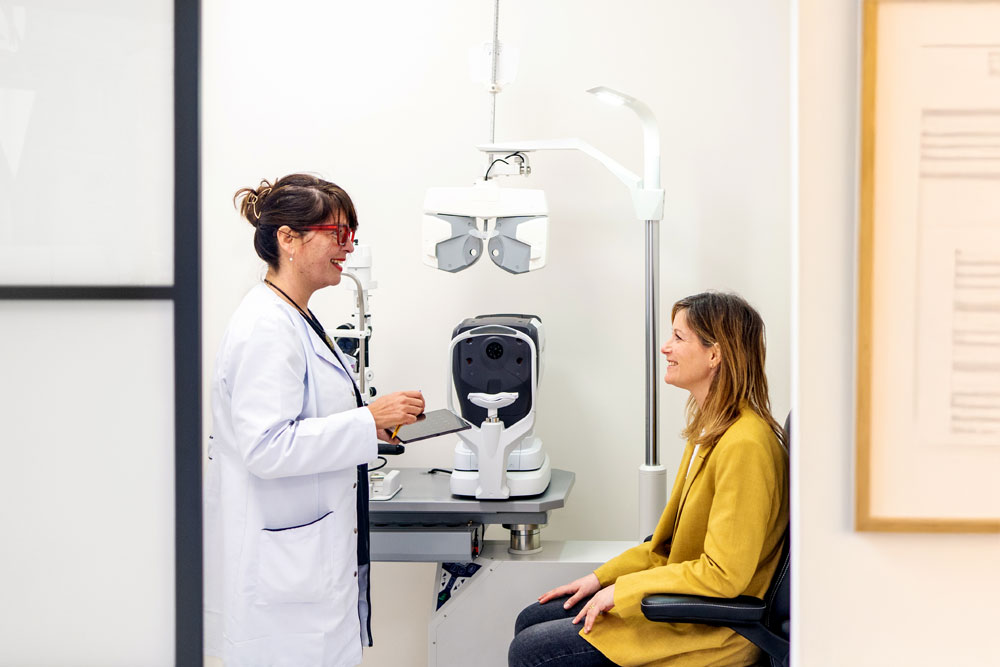As an eyecare provider, you play an active role in helping health plans improve their HEDIS scores.
High HEDIS scores indicate quality care delivery, which can lead to increased reimbursement, better patient satisfaction, and potential bonuses and incentives from the health plan. Collaboration between payors and providers is key to increasing quality performance scores. This is particularly true for HEDIS, as the data needed to complete analysis relies on claims and medical records submitted by providers.1
The Eye Exam for Patients with Diabetes (EED) HEDIS measure for 2025 will only be collected from claims coding. Therefore, your medical record documentation of accurate CPT II codes is more important than ever!
Tips and Best Practices2 for coding and documentation:
- Utilize CPTII codes! The following CPTII codes should be used when appropriate:
| Codes for Diabetic Patients WITH Evidence of Retinopathy | |
| 2022F | Dilated retinal eye exam with interpretation by an ophthalmologist or optometrist documented and reviewed |
| 2024F | Seven standard field stereoscopic retinal photos with interpretation by an ophthalmologist or optometrist documented and reviewed |
| 2026F | Eye imaging validated to match diagnosis from seven standard field stereoscopic retinal photos results documented and reviewed |
| Codes for Diabetic Patients WITHOUT Evidence of Retinopathy | |
| 2023F | Dilated retinal eye exam with interpretation by an ophthalmologist or optometrist documented and reviewed |
| 2025F | Seven standard field stereoscopic retinal photos with interpretation by an ophthalmologist or optometrist documented and reviewed |
| 2033F | Eye imaging validated to match diagnosis from seven standard field stereoscopic retinal photos results documented and reviewed |
| Code for Diabetic Patients who had no evidence of retinopathy in the prior year | |
| 3072F | Low risk for retinopathy (no evidence of retinopathy in the prior year), photos results documented and reviewed |
To learn more about the importance of CPTII codes, visit: CPT II Codes: Helping Your Practice and Your Patients.
- Submit claim/encounter data for every service in an accurate and timely manner.
- For compliance with the EED measure criteria, the medical record must contain the following:
- Patient’s name and date of birth
- Evidence of diabetic retinal exam (exam date/date of service)
- Eye exam results (positive or negative for Retinopathy)
- If a comprehensive exam was not performed, the reason(s) why (i.e., patient declined or other contraindications)
- PROVIDER SIGNATURE AND CREDENTIALS
*Note: Information on a fax cover sheet cannot be used.
- Documentation in a medical record of a diagnosis or procedure code alone does not comply with the numerator criteria. The record must also include additional supporting documentation, like specific dates and details of the diagnosis or procedure performed.
- Not Acceptable: Documenting terms such as “recent,” “most recent,” “at a prior visit” or “eye exam up to date.” These are not specific enough to know when an event occurred.
- Only completed events count toward HEDIS compliance. Incomplete information will not close gaps.
HEDIS® is a registered trademark of the National Committee for Quality Assurance (NCQA).
